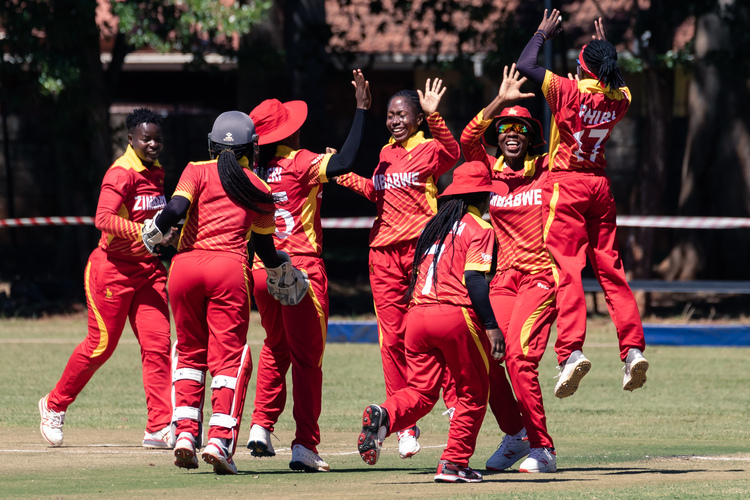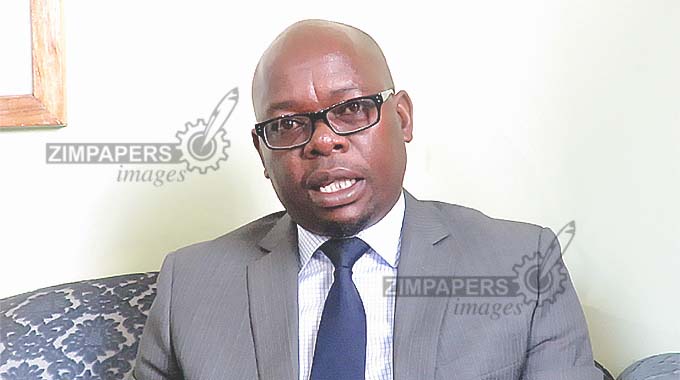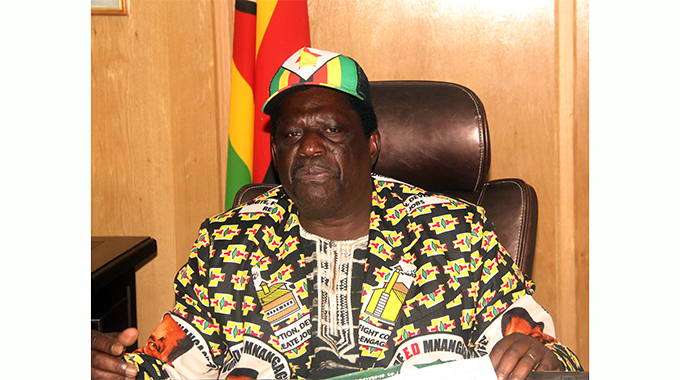Covid-19 deaths cross 4 700

Herald Reporter
Deaths attributable to Covid-19 in Zimbabwe crossed the 4 700 barrier on Tuesday to reach 4 703 with the recording in the statistics of the latest four confirmed Covid-19 deaths, and at the moment the seven-day average for new confirmed infections is running just under 30, so Covid-19 is still with us.
The Tuesday blip in statistics, four deaths after five days of zero being recorded, followed by another day of zero on Wednesday, is likely to be a statistical blip, probably caused by the reporting of test results, rather than any sudden surge in infections which do not otherwise appear.
The Ministry of Health and Child Care does not speculate in its statistics, recording results of tests and numbers of vaccinations as they reach the central office.
When the daily numbers of new confirmed infections or new confirmed deaths due to Covid-19 reach the recording office they are put in for the day they were recorded, rather than have any manipulating or correcting of figures for past days.
This has seen fairly regularly a rise in recorded infections early in the working week, usually Tuesdays followed by Mondays and Wednesdays, followed by a noticeable decrease, with records of daily infections tending to fall sharply at weekends. Much of this follows from when the samples are tested, and more importantly when the clerical staff are on duty to put those results onto the daily log sheets and send them to the provincial offices and the head office.
This is one reason public health experts look at the seven-day rolling average for confirmed infections, at present running at 29 a day having drifted down from 36 on Wednesday last week.
With exceptionally low deaths, weekly averages help sort out the figures. In the seven days to Wednesday there were four recorded, all on Tuesday, compared to five in the previous seven days, slightly less clumped.
The seven day rolling average dropped to 0,6 on Wednesday compared to 0,7 the week before and 1,4 the week before that.
The death toll of just over 4 700 will be very accurate.
It is legally impossible to have a funeral in Zimbabwe without first getting a burial order or a death certificate, with criminal charges laid when some obscure sect tries a secret burial.
The Health Ministry has a strict policy that if there is even a faint chance that a death might be related to Covid-19, then a test must be done before the body is released for burial. This policy has the practical aim of telling the authorities and the family when special precautions must be taken in preparing the body for burial and at the funeral.
The figure of 133 747 confirmed infections is, however, likely to be grossly under-recorded.
Many people with no symptoms, or only very mild symptoms, do not bother to seek medical attention or a test and might only enter the statistics when there is a need for a test, such as when travelling outside the country or in one of the mass testing exercises, such as we see in school when a couple of children show symptoms, everyone is tested and there is a block of children with no symptoms who in the ordinary course of events would probably not have been tested.
From estimates of the percentage of Covid-19 cases likely to be fatal generated by those who study the infection, it looks as though Zimbabwe has seen at least 200 000 infections and more probably something closer to 400 000 considering our fairly young population.
But this pool of infected but untested people does mean that vaccination becomes even more critical and here Zimbabwe has been falling behind, even with the surge generated by the determined efforts of the Ministry of Health and Child Care and the Ministry of Primary and Secondary Education to vaccinate all schoolchildren aged 16 and over, which has seen more than 90 percent of this group now jabbed.
Using the best available estimates the Health Ministry reckons that there are 9 387 785 Zimbabweans aged 16 and over out of the total population of just over 15 million, an overprecise figure for an estimate but one that suggests we need to vaccinate something close to 9,4 million.
The Ministry has set as its target the whole lot of those aged 16 and over, as that only gives us a vaccination rate of a little over 62,6 percent, about the minimum that could even enter the boundaries of herd immunity.
With 3 718 776 first jabs by 4pm on Wednesday and 2 767 243 second jabs by the same time we have administered 6 486 019 jabs.
This translates into 24,79 of the total population with at least one jab and 18,45 percent with both.
More usefully we are now at 39,6 percent of the 16-year-olds and over with at least one jab and 29,5 percent of that age group with both.
Vaccination rates fell to just over 100 000 jabs a week by late October and early November, but have been picking up, in fact more than doubling, in the last two weeks, with the schoolchildren driving the process.
But the 218 995 jabs seen in the seven days to Wednesday are dwarfed by the more than 500 000 seen in the third week of August, during the peak of the third wave when a lot of people were scared and ready to make the effort to get vaccinated.
Using population estimates of the 16s and over, Bulawayo and Matabeleland North are seriously the leading provinces. Matabeleland North has the highest percentage with one jab, around 55,6 percent but is second to Bulawayo on those with both, 42,6 percent.
Bulawayo trails slightly on first doses with 54,2 percent of the eligible population with one jab but with 47,5, the number one spot, with both.
The large vaccination drives in Victoria Falls and the Hwange mining centres helped push Matabeleland North up the ladder, but Bulawayo appears to have a lot fewer vaccine resistors than most places.
Manicaland, with its long border and special efforts, comes in third with 47 percent on first dose and 33,3 percent on second, and Matabeleland South joins its western neighbours with 42,5 percent on first dose and 31,3 on second.
The rest of us are more pathetic. While Harare City has 37,8 percent on first and 30,3 percent on second, by the time you throw in the other municipality in the province, Chitungwiza, you drop to around 29 percent fully vaccinated.
A fair number of Chitungwiza residents who are vaccinated got their jabs in Harare, where they work, so Harare City is not quite so good and Chitungwiza is a bit better than recorded.








Comments